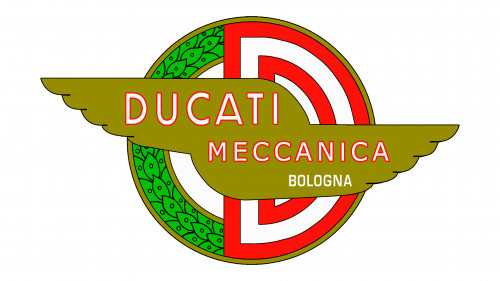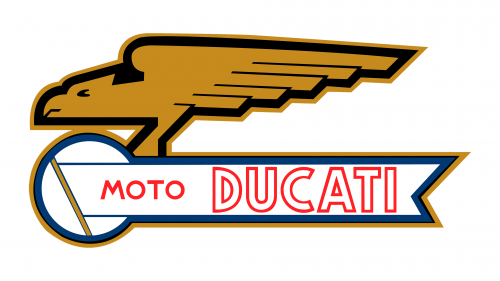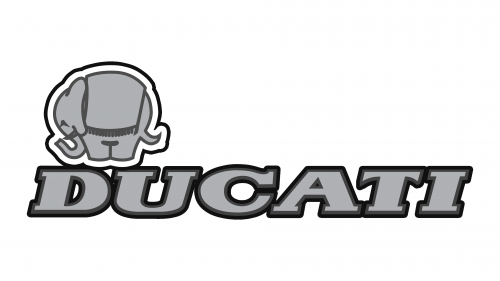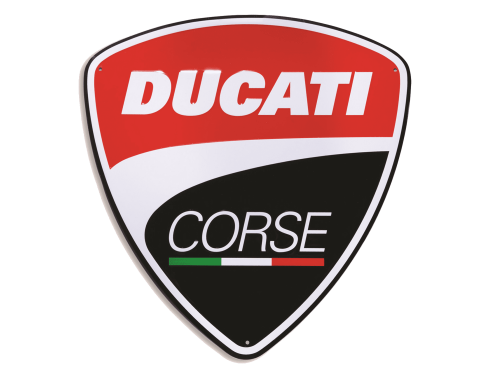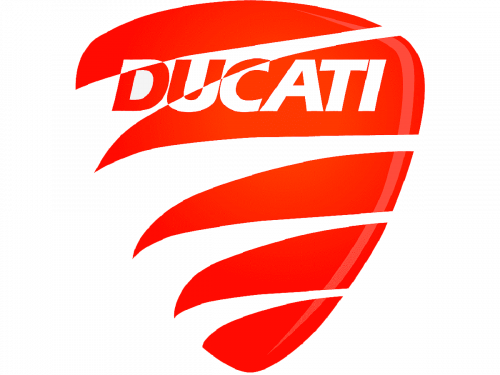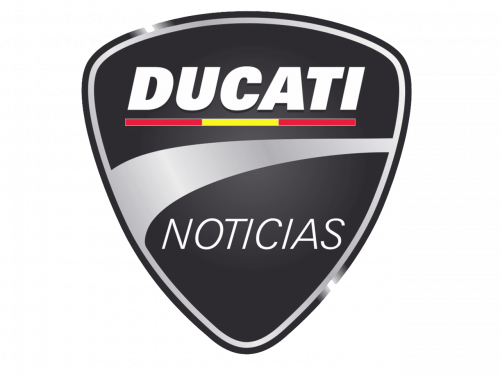Founded: 1926
Founder: Antonio Cavalieri Ducati, Adriano Cavalieri Ducati, Bruno Cavalieri Ducati
Headquarters: Bologna, Italy
Official website: www.ducati.com
Ducati is the name of a popular motorcycle manufacturing company, headquartered in Bologna, Italy. Ducati was founded in 1926 by Antonio Cavalieri Ducati and his three sons, and its first specialization was on the production of vacuum tubes, capacitors, and other radio components.
Motorcycle History
The beginning of the company, which conquered the whole world, was laid in 1926 when the first Ducati workshop opened in one of the Bologna prestigious areas, Borgo Panigale. The studio manufactured a variety of radio devices, as well as parts and components for them. The 1920s were characterized by a high demand for loudspeakers, megaphones, and horns, so the Ducati family took quite a profitable and promising market niche.
In the period from the 1920s to the 1940s, the small family business successfully prospered and developed, an extensive customer base was accumulated, the first attempts to invent some innovative technologies were made. However, dragged out by the Second World War had a detrimental effect on Ducati, and by the early 1950s, the company was forced to move under full control of the state. Italy at that time felt an acute need for cheap and affordable means of transportation, which is why the current management decided to re-qualify the company for mass motorcycle production.
Who owns Ducati?
Today Ducati is owned by the world’s famous Audi Group, which is a part of Volkswagen AG.
By the mid-1959s, Ducati had won a large part of the Italian motorcycle market. The lightweight motorcycles became particularly popular at that time, and by 1952, wanting to meet the emerging needs of customers, the company produced the Cruiser. This model of the motorcycle was equipped with a powerful engine with an electric starter and automatic transmission.
The beginning of the 1960s was marked for the brand as the era of creating a new generation of motorcycles. The company developed and designed the revolutionary Ducati 250. Thanks to its characteristics — 19 hp power, 450 engine volume, the upper camshaft — it managed to take a leading position in the motor market in record time.
By the end of the 1960s and beginning of the 1970s, Ducati had already acquired the status of a world-renowned company whose products were considered the undisputed favorites of motorcycle enthusiasts. Today, Ducati is the property of the large German automobile concern Audi AG.
Brand Logo
Looking at the amount of Ducati logo redesigns, many might be surprised, but you should keep in mind, that for the first few decades of its history, the brand was specialized in the production of radio and components, so the first several logos were only about its original specialization.
1926 – 1935
The first logo of the brand featured a circular monochrome badge with the wordmark “Radio Brevetti Ducati”, a lighting bolt in the middle, and two smooth curves on the sides.
1935 – 1949
The redesign of 1935 made the badge more modern and clean, emboldening the lines and shortening the inscription to just “Ducati” in the uppercase of a strong sans-serif typeface.
1949 – 1967
In 1949 the Ducati logo featured just an outlined wordmark, with all uppercase letters, executed in a bold and slightly narrowed sans-serif typeface with clean contours and distinct cuts.
1958 – 1959
In 1958 the monochrome badge was replaced by a circular emblem in green, Ted, and white, with two gold wings placed on it horizontally. The wordmark was written in white and red over the wings.
1959 – 1967
The redesign of 1959 brought a new symbol to the brand — an eagle. The bird was drawn in gold and black and placed on the banner with the red logotype on it. Due to the sharp lines and angles, the new Ducati logo looked powerful and stylish.
1967 – 1977
The monochrome palette came back to the brand in 1967. The badge boasted a smooth black wing in a white outline with a white “Ducati” lettering on it. It was pretty simple but very elegant.
1977 – 1985
In 1979 the graphical part of the logo is being replaced by modern lettering in black and white. The wide massive letters in black outline made the image look progressive and innovative, just like the brand’s Motorcycle.
1985 – 1997
The Cagiva elephant was placed on the Ducati logo in 1985. The whole composition changed its color palette to gray and black, and the Ducati lettering was redrawn in a bold outline serif typeface with thick lines and geometric series.
1997 – 2009
The redesign of 1997 changed the style of the Ducati visual identity again. The new badge was composed of a bold red inscription in all capitals, with all the letters italicized and placed on the left from the solid red dot with a thin white vertical line on it.
2009 – Today
In 2009 the logo was redesigned again. The red and white color palette remained untouched, but the shape of the badge changed to crest, and the lettering is now placed on its upper part, above a smooth swoosh-like line.
Ducati Corse Logo
The Ducati Corse logo repeats the official version of the brand, though the bottom part of the crest, under the white line, is colored graphite-gray and has a thin white “Corse” inscription on it, with a thin line under it. The line features an Italian flag color palette.
Emblem and Symbol
The Ducati crest is a representation of the traditional values and progressive approach of the brand. Classic shield shape with modern and bold lettering and a bright red and white palette look great on any background.
For the three-dimensional version, the emblem can change white shade to a light silver, which looks colder, yet sharper and even more modern.
Font and Color
The Ducati wordmark from the last logo, created for the brand in 2009, is executed in a clean and neat sans-serif typeface with bold lines and italicized letters. The type is very close to such available fonts as Univers 85 Extra Black Oblique and Ultimate Serial Heavy Italic.
The color palette of the Italian motorcycle manufacturer is red and white, a powerful and delightful combination, which brilliantly reflects the essence of the brand, and evokes a sense of strength and reliability.
The Legends
In 1992, one of the brand’s most legendary and revolutionary models was released — Ducati Monster. Its design was developed by an emerging designer, Michelle Galutstsi. An absolute innovation was the introduction into the design of the motorcycle two-cylinder L-shaped engine, which was equipped with a double-valve cylinder head and air-and-oil cooling system.
Where is Ducati made?
Ducati is the brand, which values quality and traditions, and during the whole history of the brand, every Ducati motorcycle was produced in the brand’s manufacturing facilities in Italy.
This model was followed by the release of a new generation of motorcycles with liquid cooling and fuel injection systems: Ducati 748 and Ducati 916.
In the early 2000s, the Testatretta motorcycle was presented. It is characterized by a more innovative, improved engine, which reaches a power of 135 hp.






